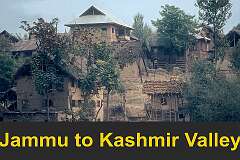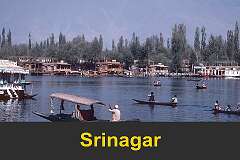
- Arunachal Pradesh
- Assam
- Delhi
- Goa
- Himachal Pradesh
- Kerala
- Ladakh
- Madhya Pradesh
- Meghalaya
- Mizoram
- Nagaland
- Punjab
- Rajasthan
- Sikkim
- Tamil Nadu
- Telangana
- Tripura
- Uttar Pradesh
- West Bengal
Jammu and Kashmir, a former princely state in the western Himalayas
6-24 October 1979
The history of Jammu and Kashmir is shaped by its Himalayan geography and rich cultural blend. Ancient texts mention it as part of the Mauryan Empire under Ashoka, who spread Buddhism throughout the region. Later, the Kushan Empire fostered art and trade, followed by centuries of Hindu and Buddhist rule. In the 14th century, Islam arrived in the region through the efforts of Sufi saints, and the Shah Mir dynasty established Muslim rule. By the 16th century, the Mughal Empire annexed Kashmir, adorning it with gardens and mosques. After brief Afghan and Sikh control, the region was ceded to the Dogra ruler Gulab Singh in 1846 under the Treaty of Amritsar, creating the princely state of Jammu and Kashmir under British suzerainty. At the time of Partition in 1947, Maharaja Hari Singh chose to accede to India, sparking conflict with Pakistan and the first Indo-Pak war. The state retained special autonomy under Article 370 until 2019, when it was reorganised into the Union Territories of Jammu & Kashmir and Ladakh. Today, the region reflects a rich tapestry of Hindu, Buddhist, and Islamic heritage, its history marked by cultural brilliance, strategic importance, and political contest.










